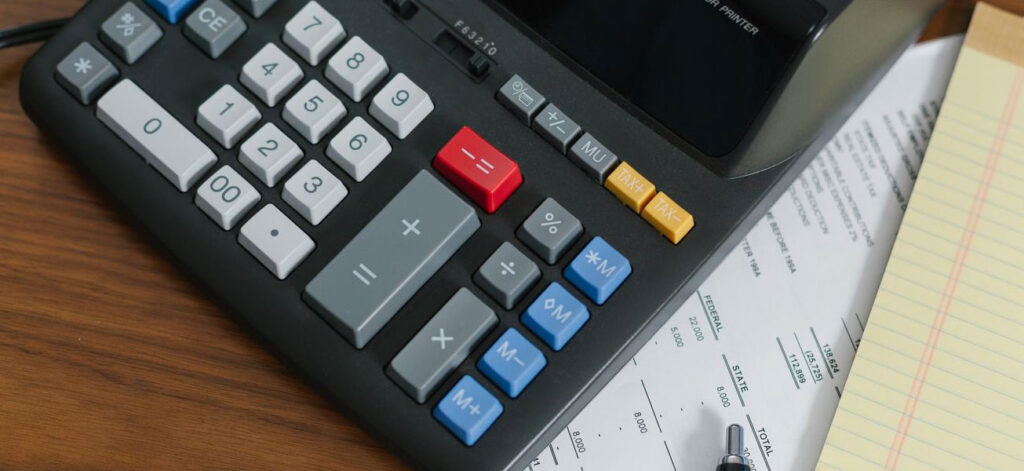I. Overview of IRC Section 6041 (current law through 12/31/2025)
IRC Section 6041 requires businesses and other payers to report certain payments made in the course of a trade or business. Specifically, it mandates the filing of information returns (e.g., Form 1099-MISC or 1099-NEC) for payments of $600 or more to non-employees, such as independent contractors, service providers, and vendors.
Key requirements under Section 6041 include:
- Reporting payments of $600 or more for services rendered.
- Filing Form 1099-NEC for nonemployee compensation.
- Filing Form 1099-MISC for other types of reportable payments (e.g., rents, prizes).
- Providing a copy of the form to the recipient and filing with the IRS.
- Failure to comply may result in penalties for late or incorrect filings.
II. Changes Introduced by the OBBBA
Effective for payments made in tax year 2026 (reported in 2027), the OBBBA, signed into law on July 4, 2025, significantly modifies reporting thresholds under IRC Section 6041 and related provisions:
1. Increased Reporting Thresholds • Old Threshold: $600 (per calendar year)
- Old Threshold: $600 (per calendar year)
- New Threshold: Raised to $2,000, effective for payments made in tax year 2026 (reported in 2027)
- Indexed for Inflation: Starting in 2027, this $2,000 threshold will be adjusted annually for inflation
2. Backup Withholding Threshold:
The minimum threshold for triggering backup withholding is also raised to $2,000, aligning with the new reporting threshold.
3. Repeal of 1099-K Lower Threshold:
The OBBBA restores the pre-2021 threshold for Form 1099-K reporting for payment card and third party network transactions (PayPal, Venmo, Square, Stripe, Etsy, Amazon, etc):
- Old Rule (2021 ARPA): $600 with no transaction limit
- New Rule: If the total payments exceed $20,000 and there are more than 200 transactions, starting with the 2025 year (but also retroactive to 2022).
III. Implications for Businesses
These changes are expected to:
- Reduce compliance burdens for small and mid-sized businesses.
- Minimize errors and mismatches in low-dollar transactions.
- Simplify tracking and reporting for independent contractor payments.
- Lower the volume of 1099 filings, especially for minor payments.
Businesses should begin updating their accounting systems and internal processes to reflect the new thresholds by the beginning of the 2026 tax year.
- Update internal policies for issuing 1099 forms starting in 2026. Some vendors may prefer to receive a 1099 even if below the $2,000 threshold.
- Communicate changes to contractors and vendors to avoid misunderstandings about whether a 1099 will be issued.
IV. California nonconformity
At present CA has not conformed to these changes and at present there is no information suggesting that a change is being considered. We will update you as soon as information becomes available.
Please contact us if you have questions about how these changes may affect your business or reporting obligations.




